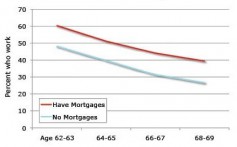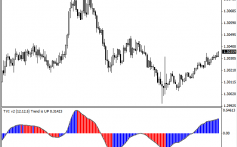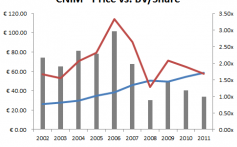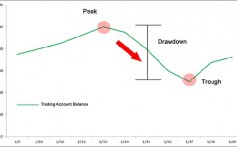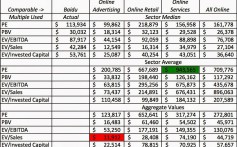Save for Us Creating a Diversified Portfolio
Post on: 23 Июнь, 2015 No Comment
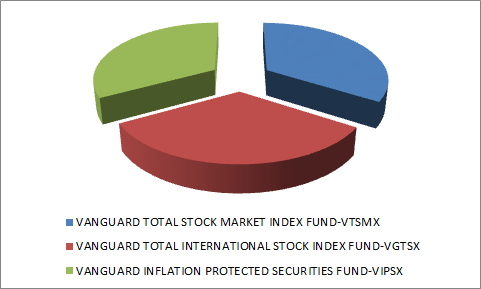
Monday, November 24, 2014
Creating a Diversified Portfolio
Let’s first define the goals of creating a diversified portfolio:
- It should be well diversified in risks so that it doesn’t have concentrated risk of individuals in various domains: US/Europe/Pacific, Developed/Emerging, LargeCap/SmallCap, Stocks/Bonds, value/growth.
- It should be well diversified in returns so that it doesn’t have concentrated return fluctuations of individuals.
- It should meet investor’s return requirement and should be somewhat close to S&P 500. Otherwise at the end of the day (at end of 30 years) you are getting less for using your intelligence.
Sure enough, we will have many candidates for a diversified portfolio. It is easy to compare and prefer one over the other when it is better in both risk and gain historically and explains fundamentally why. But it is not trivial to choose when risks are not same and you have to choose a risk level you need to digest. Also it is not trivial when we cannot answer and convince ourselves, why one portfolio is doing better than the other. That is, if one is doing better without any fundamentals, its just because taken any two different things they will surely be different and the better one may be due to randomness. So by picking the one which is doing better you are increasing your odds at doing worse in future. (Why: Because given two things should do similar in long run, if one is better than other right now, the odds are that this one will do worse in future so that both should do equal in long term).
So lets think about various domains:
US vs XUS:
pros for XUS: Over last 10 years XUS was better than US most of the time. But right now, since last depression, it is lagging US. So more likely it will come back up. After all rest of US are equally enterprising.
Developed vs Developing:
pros for Developed: Businesses stick more to law and work more (say 80% of effort) for making value for share-holder. Stocks show less standard deviation.
pros for Developing: The market growth compensates for more than the lawlessness, uncertainty and unpredictability. Looking for last 10 years, emerging market had mostly been better than S&P 500. Looking for last 5 years, since last depression, it is lagging US and was similar to XUS developed till Feb 2014, and relatively better since then. Consider the potential for Russia to do it right, India, China and Brazil to do it right and you see the big future.
Large Cap vs Small Cap:
pros for Large Cap: There is predictability in business. Companies are under the scanner of big analysts. Also those are a bit of diversified in both number of things they put their hands on and number of geography they work in. With size also comes the power to get things done with governments.
pros for Small Caps: Innovation happens here. Because they are competing with big guns they run extra smart to survive. Governments know very well these are the employment creator and do give tax breaks. Because of smaller size these can move faster and don’t have extra fats to trim. Also small caps which historically have done better than large caps are down in last 2 years compared to large caps and hence higher chance to come back up.
Stocks vs Bonds:
pros for Stocks: Overall stocks are riskier and hence expected returns in stocks is higher than that of Bonds. Also there is an expectation of 6% loss in 5-10 years bonds as interest rates rise by 1%.
pros for Bonds: The Bonds add the stability to all stock funds when stocks go down. It has been found that 90-10 or 80-20 composition of Stocks-Bonds give better returns at same risk, on efficient frontier curve. Interest rates, flush with money from Japan and Europe, may decrease in near future, giving Bonds 3-6% boost. Also bonds are easy to sell with less sentimental value and less lost opportunity cost. So Bonds are very much part of your emergency funds.
Values vs Growth:
pros for Value funds: Less risky. For most part of last 10 years growth stocks are beating value stocks. But then Value stocks help you keep your random distribution to a manageable standard deviation.
pros for Growth funds: Risky, but you will be well compensated for the risks you take. For example Google, Facebook, LinkedIn etc.
Thus diversification is essential. Then comes the question, in what ratio?
But then question comes, do you make 2 fund portfolio or 6 fund portfolio. And the answer is check what you don’t control. For example in your 401K you don’t have control about availability of certain funds. So once you have done that, take a delta from your target allocation. Then you get an answer how many indices you must be choosing for your portfolio.
For example, my target is 4 fund portfolio:
a. US total market (to get rid of biases of new entrants into S&P 500). 40%
b. XUS total market: 37%
c. Bond fund for emergencies: 9%
d. REITs to match with my housing expenses and provide alternatives: 14%
But then in my 401K I get option for S&P 500, XUS total market, REITs
So I understand that with delta, my portfolio needs at least 6 funds
a. S&P 500: 30%; Using VIIIX
b. Complementary to S&P in after tax accounts: 9%; using VXF in after tax non-retirement account.
c. XUS: 8%; Using VXUS in after tax non-retirement account (as I can claim foreign tax credit).
d. REITs: 14%; Using VGSNX in 401K
e. Emerging: 30%; Using VWO in after tax retirement accounts.
f. Muni bonds: 9%; Using VCADX in non-retirement accounts (can get interest part tax free).
The very next topic is how to rebalance when the target ratios change, or the current investments brake the ratio due to differential gains in various sectors.







